As the parking industry continues to transform and become more heavily dependent upon technology, one topic that will be essential for successful operations is data analytics. Analytics help owners and operators not only understand, but also anticipate their customers’ needs. It’s also extremely beneficial for customers as it helps to enhance their parking journey and create a seamless and convenient overall experience.
The idea of “clustering” is to apply unsupervised algorithms to automatically segment your customers in to “clusters” based on their attributes. There are two main types of clustering algorithms:
- Partition Clusters (for example k-Means clustering): Useful when you have some level of customer history and description fields based on which to cluster (ex.: vehicle type, address, credit rating, gender, age, and other descriptive demographics)
- Density Clusters: Useful when you don’t have much descriptive data about the customer, but rather transactional information (number of times parked per month, location parked historically, amount spent per stay, and other transactional statistics).
Note that these clustering techniques can also be applied to other data besides just customers. For example, if you have numerous facilities in your portfolio with similar revenue patterns.
Once you have identified the customer clusters using the unsupervised algorithms, you can then look at various metrics by customer cluster to identify targeted actions that can be taken for each customer cluster to maximize the metrics of interest. For example, you might be focusing on Revenue per Space or Time per Stay metrics in order to optimize revenue. Combining these with the customer clustering you may then design a targeted strategy by cluster.
Revenue per Space
Revenue per space is an analysis of the average price paid per available space and provides you with valuable insight into how much revenue a space in your facility generates from transient parking. It can be viewed in a time series to identify trends useful to anticipating parking patterns and applying appropriate rates. This statistic may be further sliced by time periods (time of day, day of week, month, etc.), geography (region, facility, etc.), or other methods.
However, a particularly interesting way to look at this number is by customer cluster. You could then design your marketing programs by customer cluster. For example, your clustering may include a cluster of off-peak parkers and a cluster of peak hour parkers; you can then revenue the revenue per space generated for each cluster and design targeted marketing campaigns for these clusters separately to maximize revenue per space by cluster.
Time per Stay
Time per stay analysis focuses on how long transient customers tend to park rather than the amount they spend, and is therefore more useful when seeking to maximize transient occupancy. This is also extremely helpful in pinpointing opportunities to feature marketing or discount promotions that may encourage people to extend their time. Or you may be seeking to optimize how many spaces are dedicated to transient usage in order to maximize the spaces available for reserved parking or monthly parking. Again, you may slice and dice this statistic by geography, time period, or other method. When we apply our customer clustering to time per stay, we may find clusters, for example, of short stay parkers vs. long stay parkers and target our marketing programs appropriately to each group.
In Summary
Unsupervised clustering techniques can provide a powerful tool when used in combination with important operational metrics. This strategy allows you to pinpoint your marketing or other efforts in a way that leverages your understanding of your customers. From the customers’ standpoint, they will benefit from more specific marketing efforts targeted directly to their needs and habits, rather than generic information that does not meet their needs. As parking technology continues to evolve, the ability for operators to customize these efforts will be a valuable tool for creating a loyal, returning customer base.


